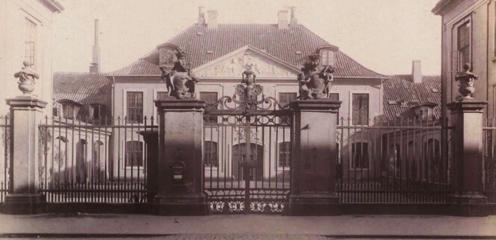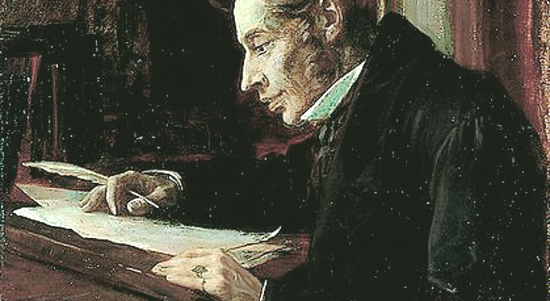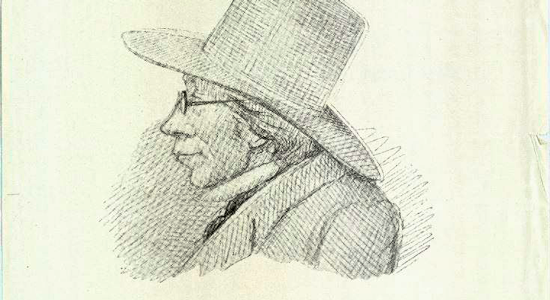A Bit about Reading Kierkegaard
SICKNESS AND DEATH

Frederik’s Hospital on Bredgade in Copenhagen.

Patient no. 2067
Kierkegaard’s one man revolution came with considerable costs—economic and physical. In early October, 1855, he was admitted to Frederik’s Hospital in Copenhagen, where he—“the individual”—was registered as patient number 2067. A few weeks later, Emil Boesen had the first of many conversations with the dying Kierkegaard. Was there anything he hadn’t yet said?
"No. Yes, greet everyone for me, I have liked them all very much, and tell them that my life is a great suffering, unknown and inexplicable to other people. Everything looked like pride and vanity, but it wasn't. "
Cause of Death
Sunday, November 11 was Kierkegaard’s last. The cause of death is still a matter of debate. No autopsy was performed, presumably because he himself was against it. On the cover of the medical journal, someone wrote as a possible diagnosis “tubercul.,” an abbreviation of tuberculosis, but a question mark was later added next to it.
More recent investigations have suggested that Kierkegaard suffered from a neurological disorder called Guillain-Barrés syndrome or acute polyradiculitis, which is a nerve disease caused by an earlier infection such as influenza. The result is a paralysis that starts in the legs and moves up the body, through the chest, and continues up to the head.
Chaotic Funeral
Kierkegaard’s funeral on Sunday, November 18 was directed by his older brother, Grundvigian priest Peter Christian, in The Church of Our Lady, the most important church in the country. A huge crowd found their way to the church, including Hans Christian Andersen, who wrote to August Bournonville in Vienna, that the overcrowded church was chaotic and seemed an inappropriate setting for a funeral. “Women with red and blue hats ran in and out” he wrote, and added that he’d even seen “dogs in muzzles.”
A few hours later, Kierkegaard was taken to Assistens Cemetery just ourside the ramparts of Copenhagen and buried at the family plot. There, his nephew Henrik Lund caused a scandal with his protest against the Christian funeral just held for the critical Kierkegaard.
The grave is just a stone’s throw from that of Hans Christian Andersen and the Schlegel couple. According to his own wish, the inscription on the gravestone is a stanza from the Danish psalmist H.A. Brorsen:
In a little while,
I shall have won,
The entire battle
Will at once be done.
Then I may rest
In halls of roses
And unceasingly,
And unceasingly
Speak with my Jesus. (Brev 39. Kilde: SKS.dk)


